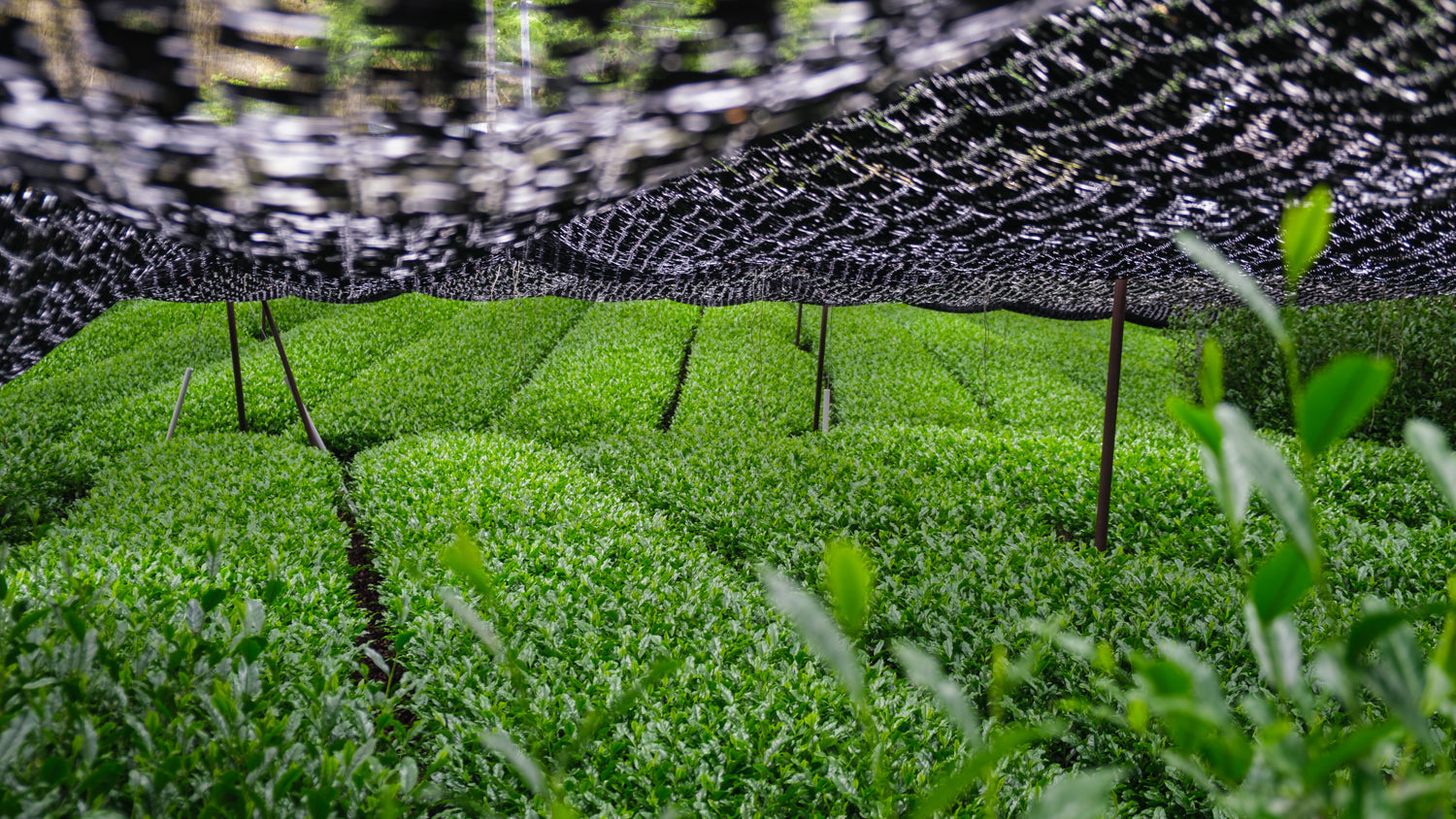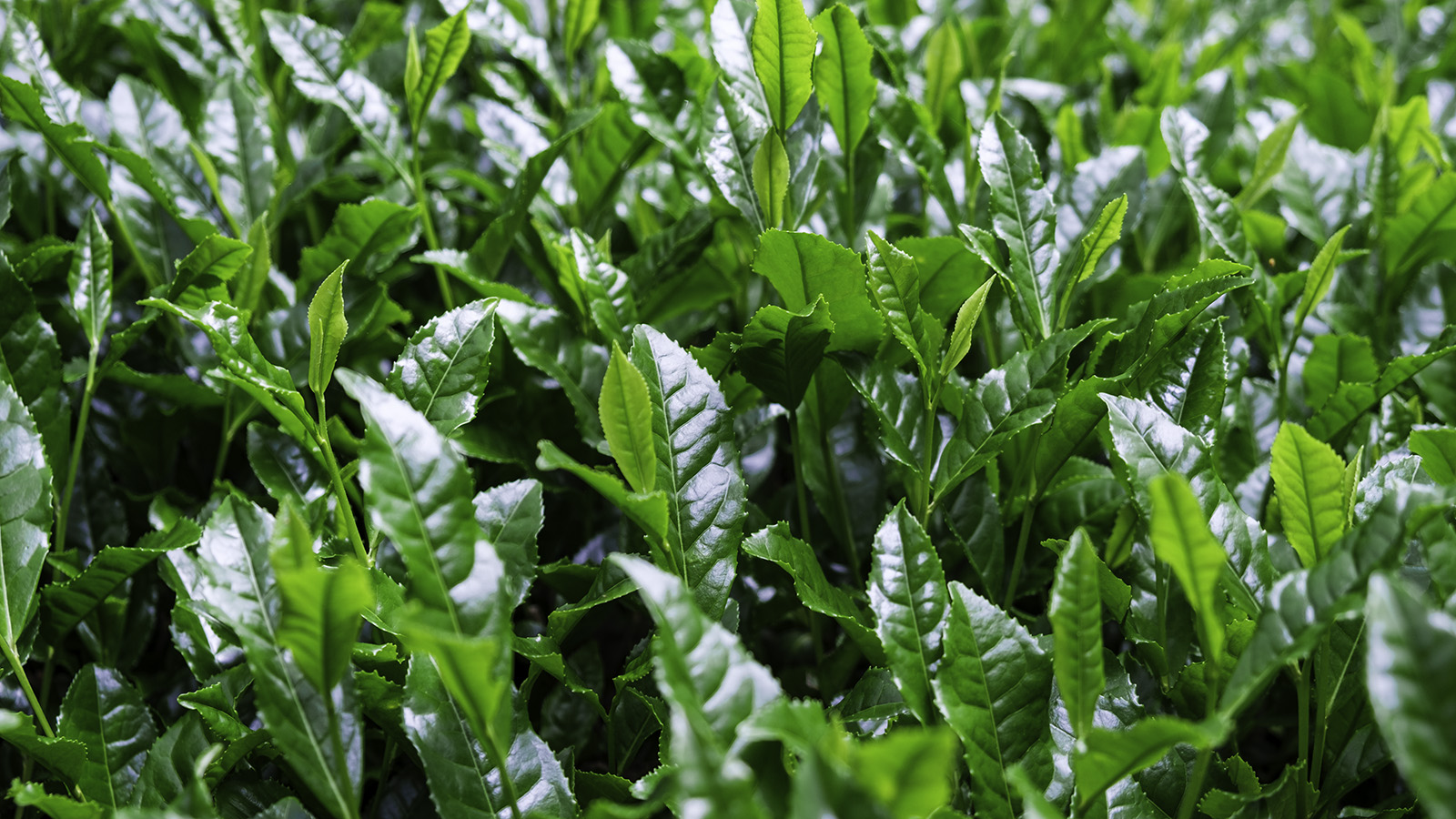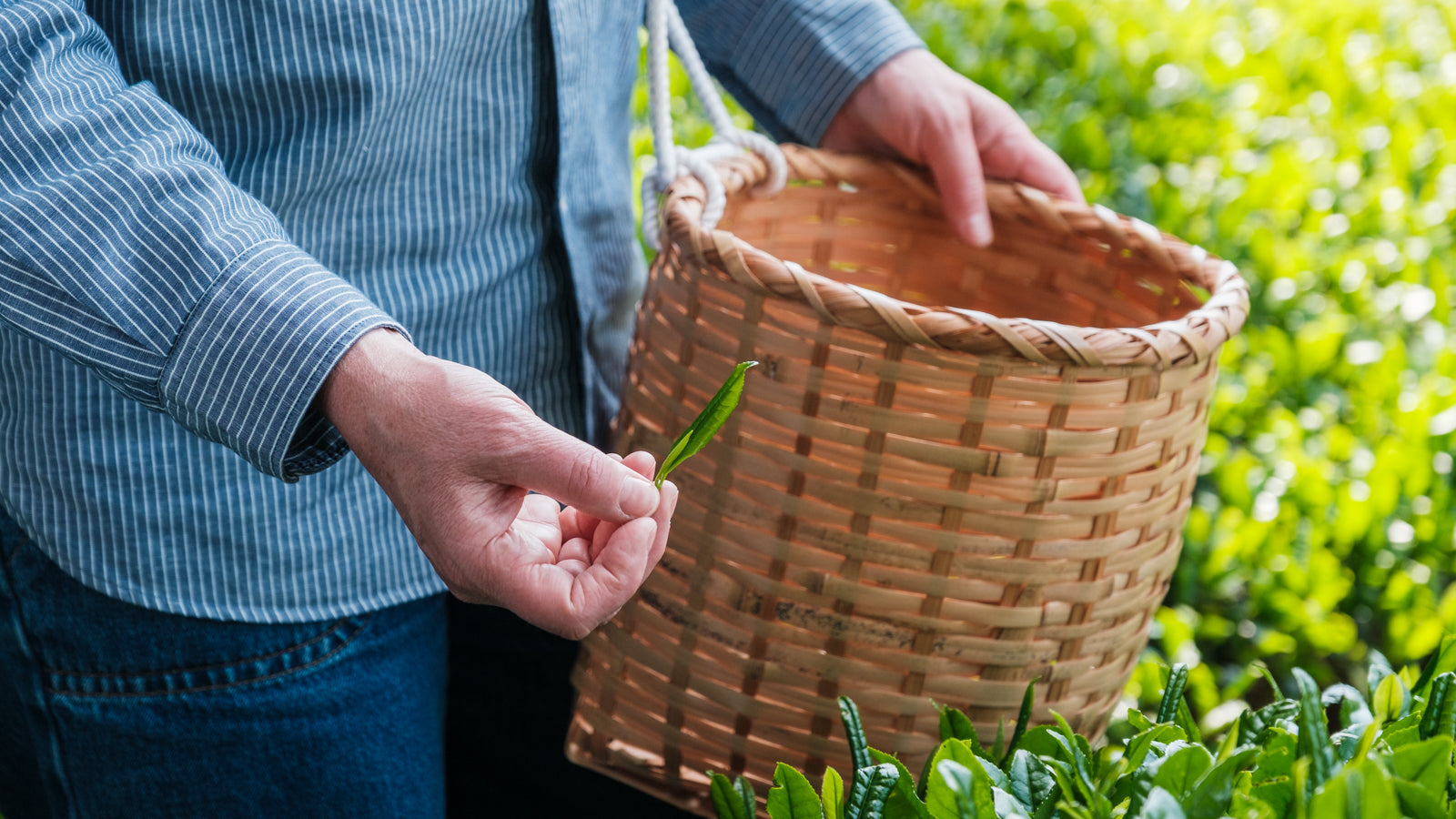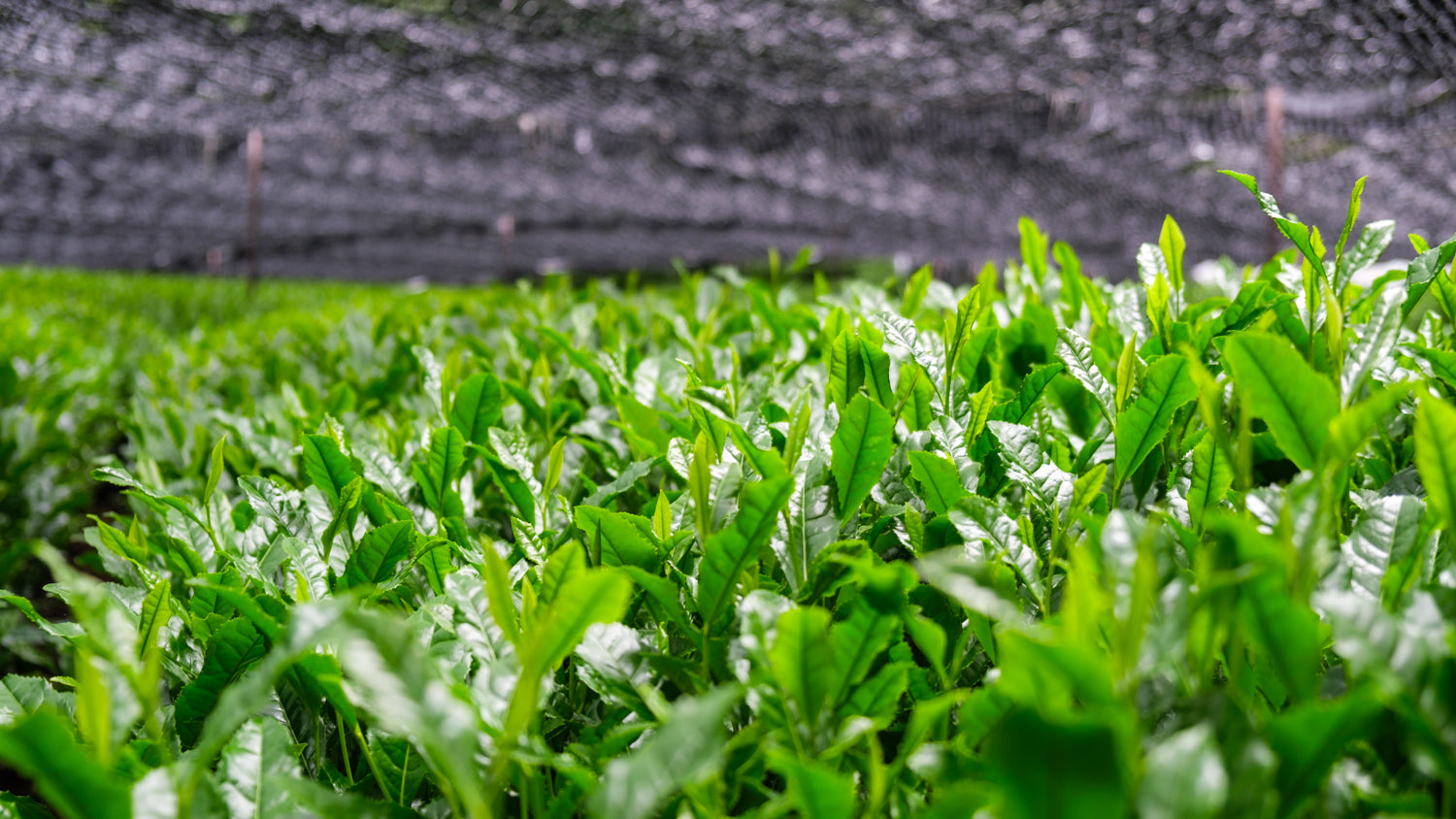Matcha – Tea Cultivars

All tea originates from the same plant, Camellia sinensis, but through both natural and human-guided processes, many different cultivars have been developed.
Today, the cultivar Yabukita makes up over 75% of Japan's tea production. Several characteristics make it a benchmark for assessing other Japanese tea cultivars. Yabukita's pleasant, well-balanced flavor and reliable harvests make it highly sought after. Other well-known matcha cultivars include Saemidori, Okumidori, Gokou, and Uji Hikari, whose flavor profiles and availability can vary significantly.
Blended vs. Single Cultivar
A matcha made from a single cultivar will be more sensitive to annual harvest variations, with factors like climate, harvest time, and shading playing a big role. Similar to vintage wines, the flavor of matcha from the same farm can vary from year to year. A single cultivar matcha is a great choice for the matcha enthusiast looking to expand and explore what the world of matcha has to offer.
A matcha made from several cultivars is blended to maintain a consistent flavor. Since different cultivars can be more resilient and have distinct flavor profiles, this creates a matcha that you can rely on year after year to have a similar taste.



